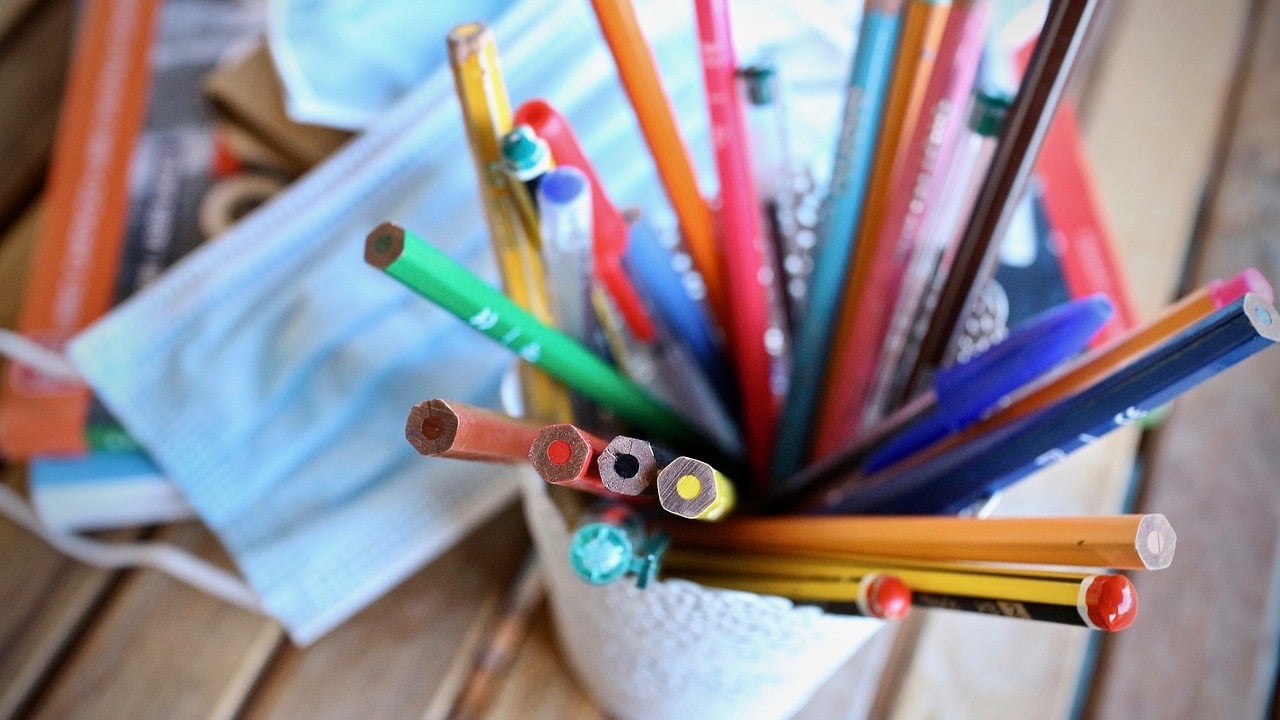
The American Rescue Plan, which was signed into law by President Biden in March 2021, has set a priority of reopening as many K-12 schools as possible within its 100 days. As of the writing of this article, we’re a little more than a third of the way through that timeline. Facilities managers are ramping into high gear getting many buildings that have been shut down for a year or more ready for people to resume daily occupancy. Here are a few quick tips to guide your planning process as you start laying out your school building safety and school facilities management strategies.
1. Ensure Adequate Ventilation
The CDC clarified on March 19, 2021, that ventilation should be a component of all strategies for healthy school facilities management. Physical distancing recommendations have been revised to 3 feet between students when in classrooms, although a greater distance is recommended in other situations. Furthermore, the recommendation for physical barriers has been removed. A well-maintained and up-to-date HVAC system with substantial airflow and ventilation goes a long way towards making these eased restrictions safe for students and staff in the building.
2. Track Indoor Air Quality (IAQ)
The best way to evaluate the efficiency and effectiveness of your HVAC system is with sensors that track IAQ in schools across indicators like CO2 level, humidity, temperature, and VOC concentration. CO2 in particular is a strong indicator that ventilation may be inadequate if levels are rising too much with students and staff back in the space.
3. Use Signage For Behavioral Reminders
One fast and effective way to maintain a healthy environment is with signs that encourage important behaviors for students and staff, such as:
- Universal and correct use of masks
- Physical distancing
- Handwashing
- Processes for reporting of symptoms, quarantine, testing, and returning to school
Signs should not be limited to teacher and student areas, but also placed in staff, food service, and maintenance areas to ensure that protocols are followed for food preparation and proper cleaning of equipment.
4. Layer Your Safety and Prevention Strategies
School facilities management is facing a truly unique challenge, and non one strategy will be a silver bullet. Consider where the COVID relief money in the recent stimulus plans can make a difference, and devote investments in all areas: a stock of PPE, additional support and cleaning staff, reorganization of interior spaces, upgrades to systems that ensure IAQ in schools, preventative maintenance on HVAC systems, planning time to develop clear reporting and remediation procedures around illnesses, and more.
5. Declutter and Remove Long-Unused Materials
In order for your custodial staff to efficiently clean and disinfect the building’s interior, there must be minimal clutter. Take time to decide what to do with materials that have long gone unused but are taking up valuable space inside the school, such as books, technology, and anything that is in disrepair or no longer needed. These can be sold, stored off-site, or disposed of, as necessary.
These five tips are a great starting point, but there are many more innovative ideas for facility management to consider as schools reopen. You can access state-level guidance via this page from the National Council on School Facilities. The PK12 Reopening Workbook that’s downloadable on the page has a helpful list with over 100 tasks to aid you in organizing your school facilities management efforts.







